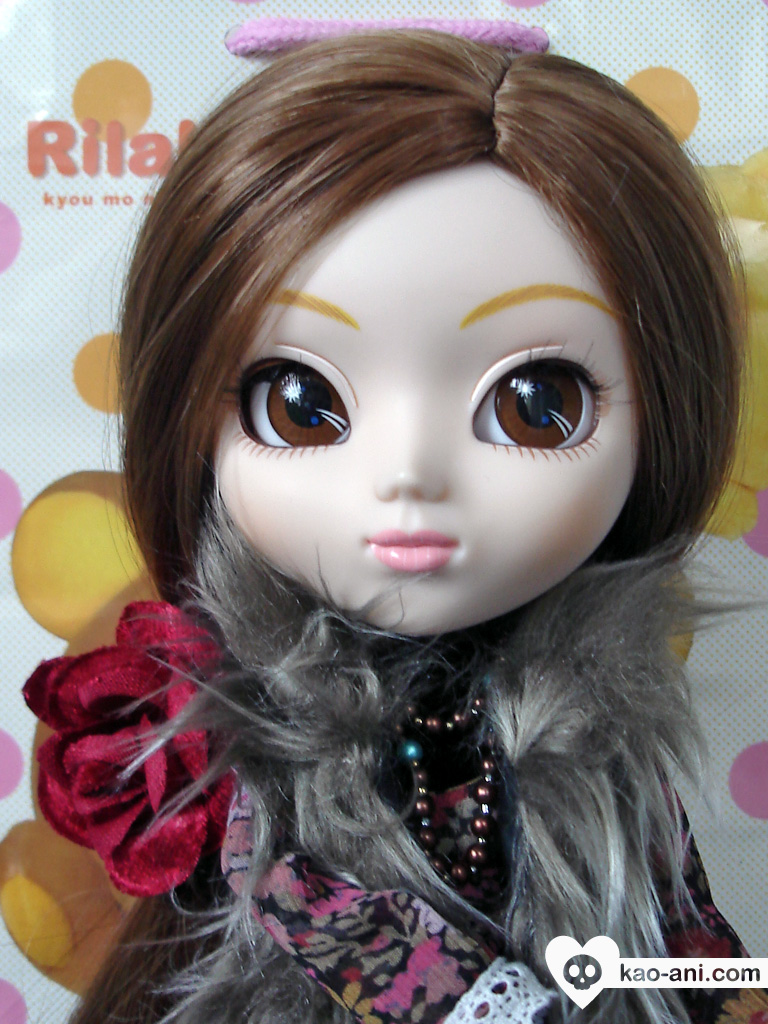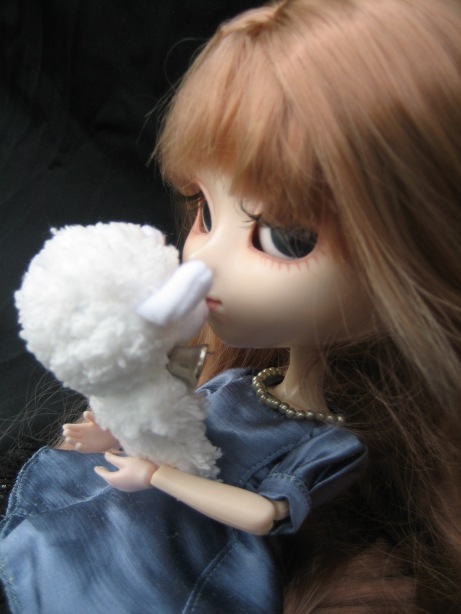A slick interface and a fresh new way to discover apps help the TouchPad stand out, but sluggish performance and a heavy design hold this tablet back.
There's a lot riding on the HP TouchPad. It's not only HP's answer to the iPad 2; it represents the first of many high-profile devices from HP running webOS, the software the company purchased from Palm to power everything from tablets and PCs to phones and printers. In terms of features, the TouchPad ($499 for 16GB) looks pretty strong, sporting a dual-core processor, Flash support, and an interface that's elegant and easy to use. HP also takes a fresh approach to helping users discover apps. But do the hardware and software work as well together as Apple's tablet, and can the TouchPad compete with the horde of Android-powered slates out there?
Design
With its glossy black plastic chassis and nicely rounded corners, the TouchPad looks fairly attractive from the front, but the back of this tablet smudges up quickly with fingerprints. We'd much prefer a matte or soft-touch surface, as found on the BlackBerry PlayBook and HP's Pre 2 and 3 smartphones. We also noticed some minor creaking on the left side.
Weighing 1.6 pounds and measuring 0.54 inches thick, the TouchPad is heavier and thicker than the original iPad (1.5 pounds, 0.5 inches), nevermind the super-slim iPad 2 (1.3 pounds, 0.34 inches) and the Samsung Galaxy Tab (1.25 pounds, 0.34 inches). We felt the strain on our arm when trying to use the slate one-handed after several minutes.
The front of the TouchPad houses a 1.3-megapixel camera above the display and a physical Home button, similar to the iPad. (Unlike webOS phones, there's no gesture area to the left of the Home button for going back in apps; that's now handled by software.)
A long silver volume rocker lines the right side of this slate, while the easy-to-reach power button sits on the top-right edge. You'll also find the headphone jack up top and a microUSB port on the bottom for charging and syncing. The stereo speakers are on the left side. Looking for a backside camera? You won't find one on this tablet, but we doubt most users will care.
Display and Audio
Just like the iPad 2, HP equipped the TouchPad with a 9.7-inch display with a resolution of 1024 x 768 pixels. We generally prefer the resolution of Android Honeycomb tablets (1280 x 800) because they fit more info on the screen at once, but the 4:3 ratio of the TouchPad makes using the device in portrait mode feel less cramped when reading.
The TouchPad's screen delivered crisp and bright images, whether we were surfing the web, flicking through pictures in the photos and videos app, or watching YouTube videos. Viewing angles are also plenty wide. However, the iPad 2's screen looked brighter when we put the two tablets side by side. In addition, HP's screen picks up fingerprints more quickly than Apple's device.
One of the key selling points of the TouchPad is that it integrates Beats Audio, HP's tech designed to enhance sound quality. The dual speakers on the tablet's left side blew us away. We could hear Muse's "Starlight" from across a large living room. Listening with headphones resulted in much richer and clearer audio, though we didn't notice a difference when we turned the Beats setting off.
webOS 3.0 and Interface
We've always thought that webOS would scale nicely from smartphones to tablets because the software makes it easy to multitask. (And RIM apparently agrees, because the company basically cribbed the OS for its PlayBook.) But did HP make the most of a tablet's increased real estate for webOS 3.0?
- Getting Around: Just as with webOS phones, you can either press the Home button or swipe up from the bottom edge of the screen to minimize apps and launch the home screen, which presents all your open apps as cards. From there you can close apps by flicking them up. On this screen, you can also customize the launch bar at the bottom of the display so your five favorite apps are always just a tap away.
- Tapping the top-right corner of the TouchPad's screen lets you tweak various settings without having to open the settings menu. A drop-down list lets you adjust the brightness, toggle Wi-Fi and Bluetooth, mute the sound, engage the rotation lock, and more.
- App Menu: When you touch the launcher button, you'll be greeted with a clean tabbed interface that shows pre-loaded apps first, then downloads, then favorites, then settings. You can tap and hold any app to drag it to another page.
- Stacks: One of the features we like most in webOS 3.0 is that it automatically stacks related cards/apps on top of each other. For example, when we clicked a web link in an e-mail, the TouchPad placed the browser window on top of our inbox in the card view. To get back to the Email app, we just tapped that card, which peeked out from behind the browser card.
Handles: One completely new interface element for webOS 3.0 is handles, which allows users to see more options with a panel-style treatment. For example, in the Email app, the left pane lists your accounts (Google, Yahoo, etc.), but when you slide the handle left, those disappear and you'll just see your list of messages and the content of whichever message you've selected. Slide the handle once more, and you can see just the message contents. We like the handle concept in general, but it requires a slight learning curve.
Notifications: The TouchPad handles notifications elegantly, presenting them in the top-right corner of the screen using a drop-down interface. In this area, you'll see incoming e-mail and messaging alerts, upcoming appointments, and other goodies such as music playback controls (when tunes are playing). Our favorite feature here is the ability to swipe through e-mails right in the notification area, so you can decide what's worth opening. You can also see notifications on the lock screen.
Exhibition: Think of Exhibition as screensavers on steroids. This feature turns on automatically when you place the tablet in the optional Touchstone Charging Dock, and it lets you display everything from various clocks and your agenda to a photo slideshow. You can also download more Exhibition-friendly apps from the App Catalog, such as RSS readers, baseball scoreboards, and--yes--Charlie Sheen quotes.





















0 comments:
Post a Comment